Possibly The Best Collection Of Images Of The Milky Way From Here On Earth Ever!
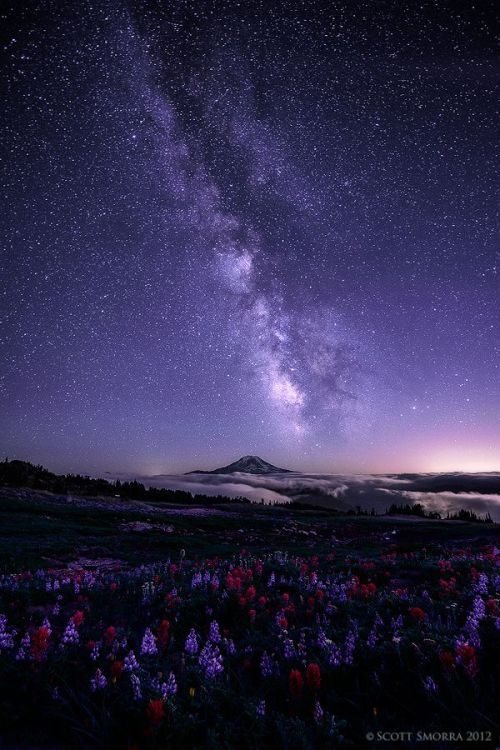
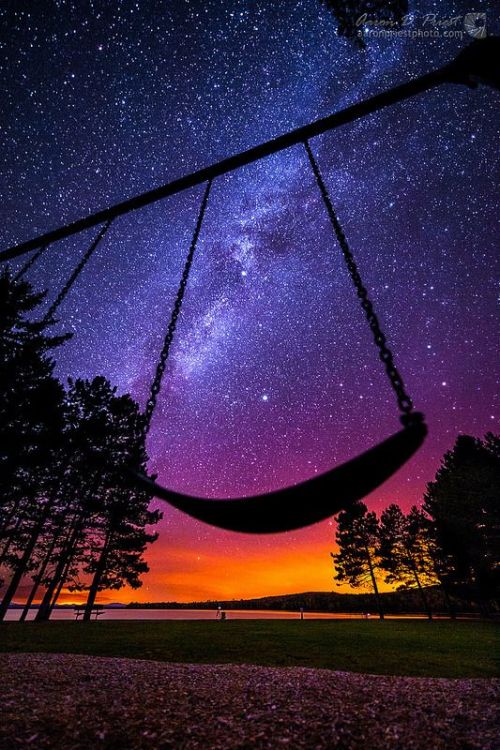
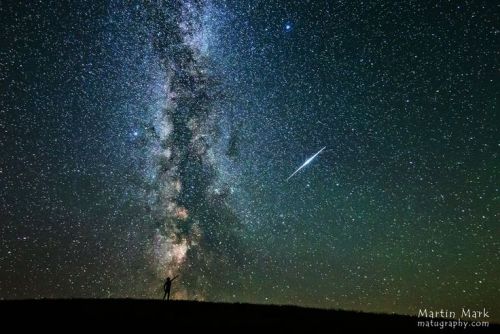

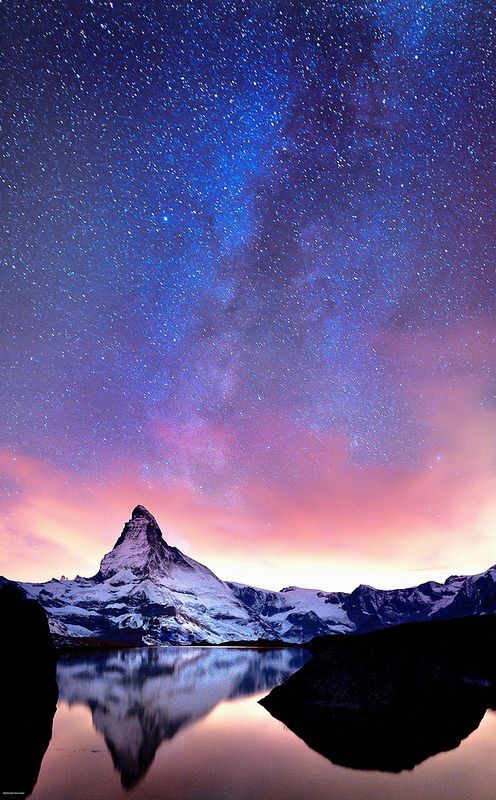
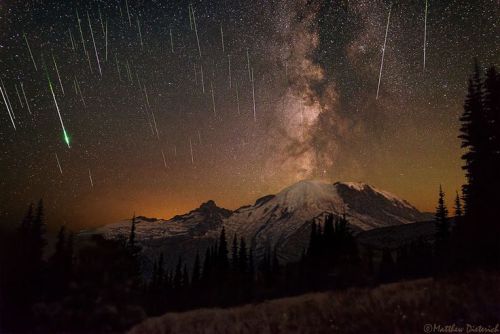
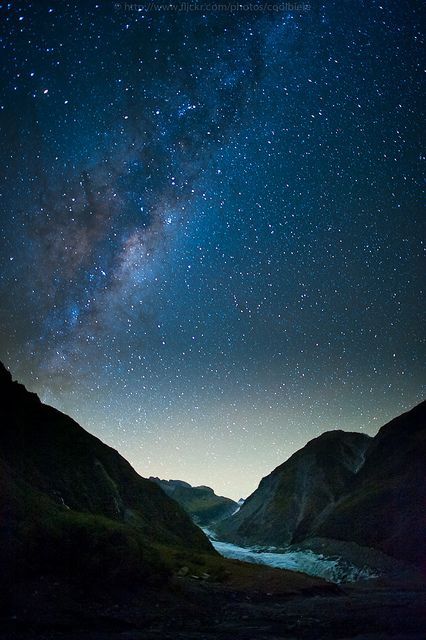
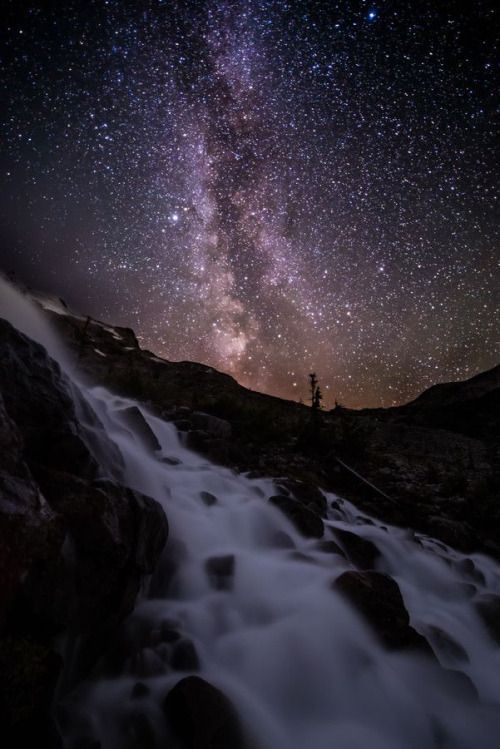
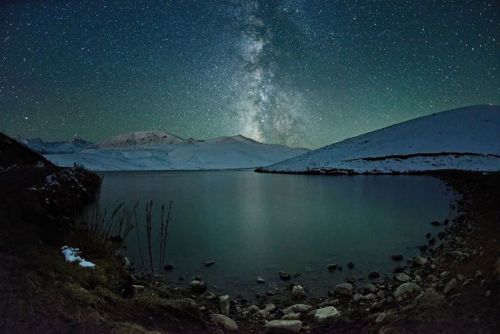
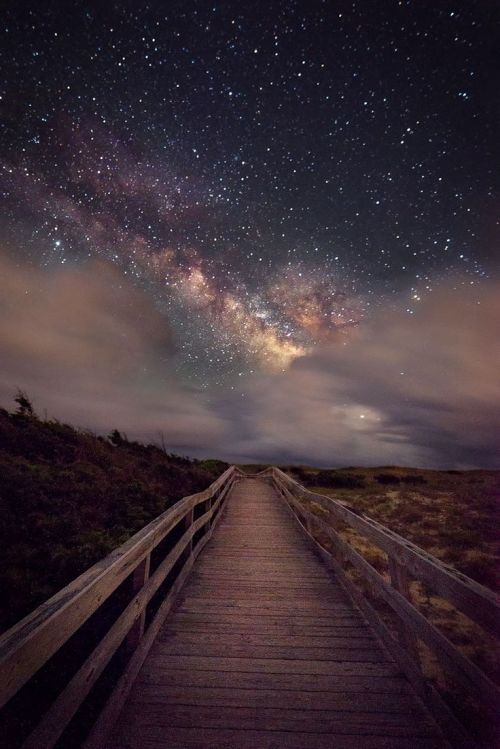
Possibly the best collection of images of the Milky Way from here on Earth ever!
If you don’t love the Milky Way Galaxy, you’re invited to leave!
More Posts from Smartler and Others

Rough night? Here’s a GIF of Charlie Brown coming across Snoopy for the first time
funny tumblr [via imgur]
Pluto Continues to Amaze

This dwarf planet sure knows how to get a BIG reaction because we’re stunned by the latest images from our New Horizons spacecraft!
Back on July 14, the spacecraft completed it’s historic Pluto flyby, and is now in an intensive downlink phase. During this time, New Horizons will send us some of the best data and images we’ve seen!
These latest images were taken just 15 minutes after New Horizons’ closest approach to Pluto. The spacecraft looked back toward the sun and captured this near-sunset view. Icy mountains, flat plains and the horizon can all be seen in detail.

When we take a closer look, these features truly begin to stand out. Mountains up to 11,000 feet high are met by flat icy plains that extend out to Pluto’s horizon. There, more than a dozen layers of haze in the dwarf planet’s atmosphere can be seen. It’s almost as if we’re flying over the surface with the New Horizons spacecraft.
Speaking of flyover, this new animation of Pluto has been created from images returned from the spacecraft this month. This view shows us what it might be like to take an aerial tour through Pluto’s thin atmosphere and soar above the surface.
These images and videos are not only stunning, but also provide us with important information about the dwarf planet. So far, scientists can tell that the weather changes from day to day on Pluto. These images, combined with others that have been downloaded, provide evidence for a remarkably Earth-like “hydrological” cycle on Pluto.
For updates on the data and images received by the New Horizons spacecraft, check our blog: https://blogs.nasa.gov/pluto/
Make sure to follow us on Tumblr for your regular dose of space: http://nasa.tumblr.com

Check out our infographic on Venus here: http://astronomyisawesome.com/infographics/10-facts-about-venus/
Tonight: A Supermoon Lunar Eclipse
(via APOD; Video Credit: NASA’s GSFC, David Ladd (USRA) & Krystofer Kim (USRA) )
Tonight a bright full Moon will fade to red. Tonight’s moon will be particularly bright because it is reaching its fully lit phase when it is relatively close to the Earth in its elliptical orbit. In fact, by some measures of size and brightness, tonight’s full Moon is designated a supermoon, although perhaps the “super” is overstated because it will be only a few percent larger and brighter than the average full Moon. However, our Moon will fade to a dim red because it will also undergo a total lunar eclipse – an episode when the Moon becomes completely engulfed in Earth’s shadow. The faint red color results from blue sunlight being more strongly scattered away by the Earth’s atmosphere. Tonight’s moon can also be called a Harvest Moon as it is the full Moon that occurs closest to the September equinox, a time signaling crop harvest in Earth’s northern hemisphere. Total eclipses of supermoons are relatively rare – the last supermoon lunar eclipse was in 1982, and the next will be in 2033. Tonight’s supermoon total eclipse will last over an hour and be best visible from eastern North America after sunset, South America in the middle of the night, and Western Europe before sunrise.
(Credits go to TaySwiftVidz)
all too well was requested so i decided to try something different.
imagine: all too well as a voicemail.
use headphones
Submitted by @asapscience
Science is so amazing, but it’s being de-funded around the world. We hope to make a difference with this video:
Your sharing is greatly appreciated.









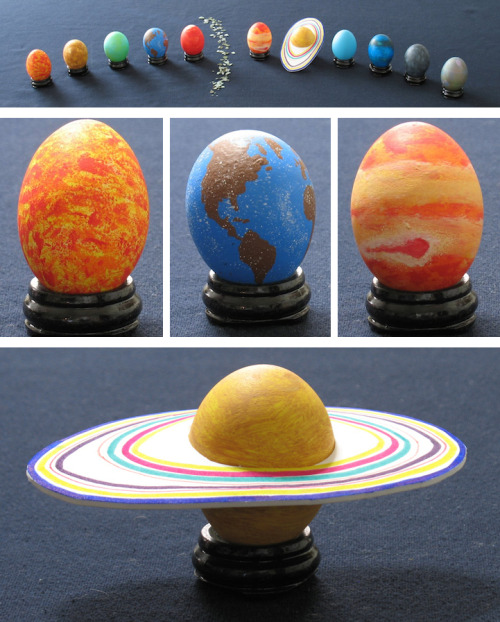
35 Creative Designs That Turn Ordinary Eggs into Eggs-traordinary Art
-
 ineedspacex-blog reblogged this · 9 years ago
ineedspacex-blog reblogged this · 9 years ago -
 greystardustt liked this · 9 years ago
greystardustt liked this · 9 years ago -
 thebookmarvel reblogged this · 9 years ago
thebookmarvel reblogged this · 9 years ago -
 thebookmarvel liked this · 9 years ago
thebookmarvel liked this · 9 years ago -
 luster-dragon reblogged this · 9 years ago
luster-dragon reblogged this · 9 years ago -
 rwby-owns-my-life liked this · 9 years ago
rwby-owns-my-life liked this · 9 years ago -
 notalwayswalkingonsunshine reblogged this · 9 years ago
notalwayswalkingonsunshine reblogged this · 9 years ago -
 zombichewz reblogged this · 9 years ago
zombichewz reblogged this · 9 years ago -
 wyomingphantom liked this · 9 years ago
wyomingphantom liked this · 9 years ago -
 smartler reblogged this · 9 years ago
smartler reblogged this · 9 years ago -
 arrow-dreamer reblogged this · 9 years ago
arrow-dreamer reblogged this · 9 years ago -
 ccobblepot liked this · 9 years ago
ccobblepot liked this · 9 years ago -
 letmyloveiin liked this · 9 years ago
letmyloveiin liked this · 9 years ago -
 speakingtomyself-blog1 liked this · 9 years ago
speakingtomyself-blog1 liked this · 9 years ago -
 xxlyric-maixx liked this · 9 years ago
xxlyric-maixx liked this · 9 years ago -
 turtlesassafrassme-blog reblogged this · 9 years ago
turtlesassafrassme-blog reblogged this · 9 years ago -
 spikemycookie reblogged this · 9 years ago
spikemycookie reblogged this · 9 years ago -
 brynnkayla reblogged this · 9 years ago
brynnkayla reblogged this · 9 years ago -
 yumavancleef liked this · 9 years ago
yumavancleef liked this · 9 years ago -
 gustavob1994 liked this · 9 years ago
gustavob1994 liked this · 9 years ago -
 smokinserious reblogged this · 9 years ago
smokinserious reblogged this · 9 years ago -
 smokinserious liked this · 9 years ago
smokinserious liked this · 9 years ago -
 apollo-in-athens reblogged this · 9 years ago
apollo-in-athens reblogged this · 9 years ago -
 cottonvitellius-axv reblogged this · 9 years ago
cottonvitellius-axv reblogged this · 9 years ago -
 starlightway-blog1 reblogged this · 9 years ago
starlightway-blog1 reblogged this · 9 years ago -
 starlightway-blog1 reblogged this · 9 years ago
starlightway-blog1 reblogged this · 9 years ago -
 starlightway-blog1 reblogged this · 9 years ago
starlightway-blog1 reblogged this · 9 years ago -
 ee11dd liked this · 9 years ago
ee11dd liked this · 9 years ago -
 peculiarcat reblogged this · 9 years ago
peculiarcat reblogged this · 9 years ago -
 ashlmbr liked this · 9 years ago
ashlmbr liked this · 9 years ago -
 ashlmbr reblogged this · 9 years ago
ashlmbr reblogged this · 9 years ago -
 sominthos liked this · 9 years ago
sominthos liked this · 9 years ago -
 holly-elin reblogged this · 9 years ago
holly-elin reblogged this · 9 years ago -
 holly-elin liked this · 9 years ago
holly-elin liked this · 9 years ago -
 ailinthepenguinblr-blog reblogged this · 9 years ago
ailinthepenguinblr-blog reblogged this · 9 years ago -
 hypoacusis reblogged this · 9 years ago
hypoacusis reblogged this · 9 years ago -
 hypoacusis liked this · 9 years ago
hypoacusis liked this · 9 years ago